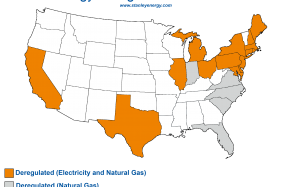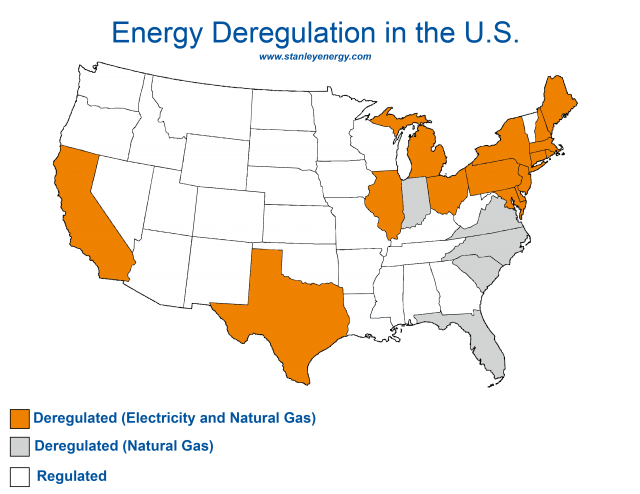 In a recent press release, National Grid congratulated its customers in Massachusetts (#1), New York (#3) and Rhode Island (#7) for ranking among the top ten states for energy efficiency. Stanley Energy is proud to have two New England states in this top ten list! You can read the full text of the press release below:
In a recent press release, National Grid congratulated its customers in Massachusetts (#1), New York (#3) and Rhode Island (#7) for ranking among the top ten states for energy efficiency. Stanley Energy is proud to have two New England states in this top ten list! You can read the full text of the press release below:
Building on its 25-year history of award winning energy efficiency programs, National Grid is proud to congratulate its customers and the states where it provides electric and natural gas service for their achievement of making the list of the top 10 states in energy efficiency. The 2012 American Council for an Energy Efficient Economy state rankings place Massachusetts, New York and Rhode Island among the most energy efficient states in the country. This is the second consecutive first place finish for Massachusetts after unseating California for the top spot in 2011.
“Everyone involved in creating the policies and programs leading to this recognition, as well as our customers who have invested in energy efficiency measures, should be proud to know that incredible savings have been realized for energy consumers and the environment,” said Tom King, president, National Grid in the U.S. “Not only are our customers saving on their energy bills, but millions of tons of pollutants have been prevented from entering our environment due to the success of our energy efficiency incentives.”
In 2011 National Grid’s electric and natural gas energy efficiency programs served nearly 1.8 million of our customers in Massachusetts, New York and Rhode Island. The combined lifetime savings to be realized by customers through these programs is estimated at more than $1.35 billion dollars. Electricity savings in 2011 alone were enough to power more than 118,000 homes. Natural gas saved would have heated 10,700 homes for one year.
In the twelve-month period ending December 31, 2011, National Grid’s energy efficiency programs in Massachusetts served more than one million electric customers and 275,000 natural gas customers. The company’s combined energy efficiency programs resulted in program lifetime savings of an estimated $847 million on an investment of $176 million. The annual energy savings for electric customers was nearly 343,000 megawatt-hours, or enough electricity to power more than 57,000 homes for one year. Natural gas efficiency programs resulted in savings of 9.8 million therms. That’s enough energy to heat more than 6,000 homes for one year.
Savings by State
During the same period, National Grid’s energy efficiency programs in New York served more than 144,000 electric customers and 110,000 natural gas customers. The company’s combined energy efficiency programs resulted in program lifetime savings of an estimated $313 million on an investment of $86 million. The annual energy savings for electric customers was over 272,000 megawatt-hours, or enough electricity to power more than 45,000 homes for one year. Natural gas efficiency programs resulted in savings of over 6.4 million therms. That’s enough energy to heat more than 4,000 homes for one year.
Savings in Rhode Island are equally impressive considering that the company serves fewer customers in Rhode Island compared to Massachusetts. The company’s energy efficiency programs for electricity and natural gas served almost 260,000 electric and natural gas customers. The combined programs resulted in program lifetime savings of approximately $198 million on an investment of $38 million in the programs.
Total electricity savings for National Grid customers in Rhode Island in 2011 was more than 96,000 megawatt-hours, or enough to power 16,000 homes for one year. The savings in therms among gas customers in Rhode Island was 1.2 million therms. That’s enough natural gas to warm more than 700 households for one year.
The programs in Massachusetts and Rhode Island prevented more than 350,000 tons of carbon dioxide from entering the environment. That’s equivalent to taking 70,000 cars off the road.
NATIONAL GRID
National Grid (LSE: NG; NYSE:NGG) is an electricity and gas company that connects consumers to energy sources through its networks. The company is at the heart of one of the greatest challenges facing our society – to create new, sustainable energy solutions for the future and developing an energy system that underpins economic prosperity in the 21st century. National Grid holds a vital position at the center of the energy system and it ‘joins everything up’.
In the northeast US, we connect more than seven million gas and electric customers to vital energy sources, essential for our modern lifestyles. In Great Britain, we run the gas and electricity systems that our society is built on, delivering gas and electricity across the country.
National Grid delivers electricity to approximately 3.3 million customers in Massachusetts, New York and Rhode Island. It manages the electricity network on Long Island under an agreement with the Long Island Power Authority (LIPA), and owns over 4,000 megawatts of contracted electricity generation, providing power to over one million LIPA customers. It is the largest distributor of natural gas in northeastern U.S., serving approximately 3.4 million customers in New York, Massachusetts, and Rhode Island.
For more information please visit our website: http://www.nationalgridus.com.


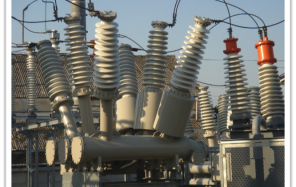
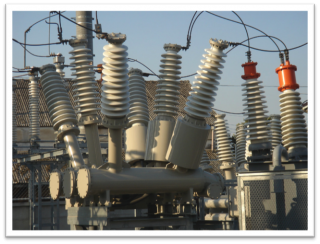 Typical utility rate structures are divided into three categories reflected on your electricity or natural gas bill: customer charges, demand charges, and supply charges. Each charge is designed to cover specific costs incurred by a regulated utility. The bill also includes provision taxes that vary depending on your utility and local government.
Typical utility rate structures are divided into three categories reflected on your electricity or natural gas bill: customer charges, demand charges, and supply charges. Each charge is designed to cover specific costs incurred by a regulated utility. The bill also includes provision taxes that vary depending on your utility and local government.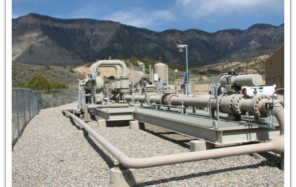


 Energy Aggregators
Energy Aggregators